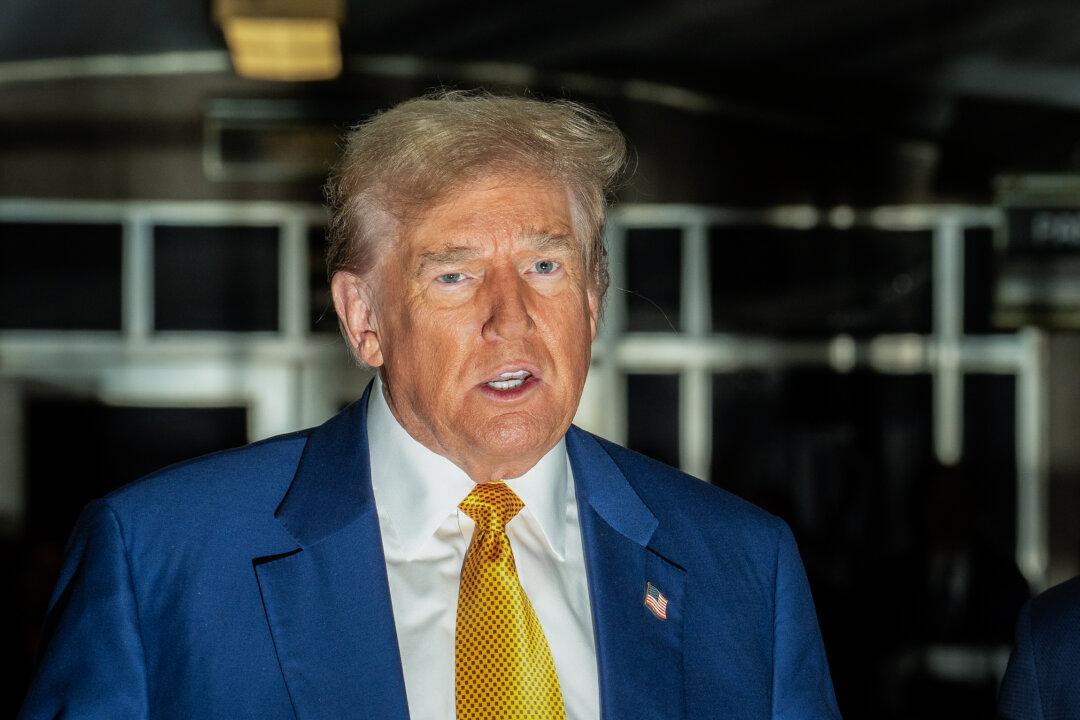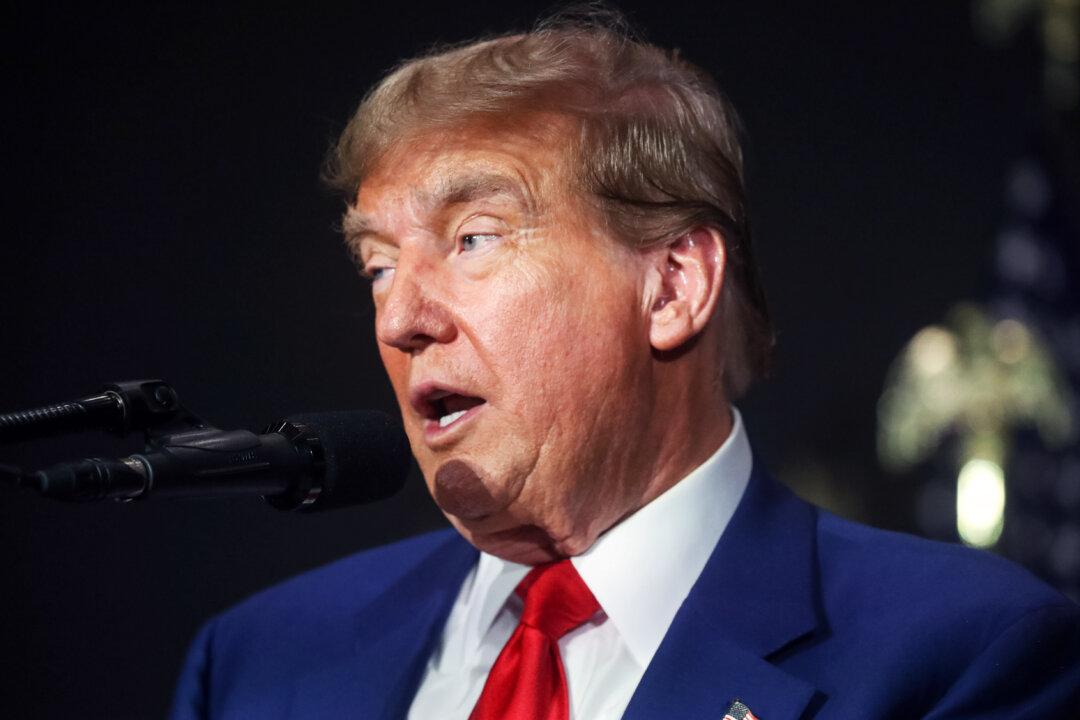The war between Mexico’s drug cartels has reached new depths as older major cartels have fragmented, increasing competition between the splinter groups and leading to more grisly acts of violence, including against Americans.
The most recent example of the brutality by Mexican drug cartels against U.S. citizens is that of the four kidnapped Americans in the border city of Matamoros by the Gulf Cartel in March. While two of the Americans ended up dead, two others—a brother and sister—survived and recently talked about their experience.





